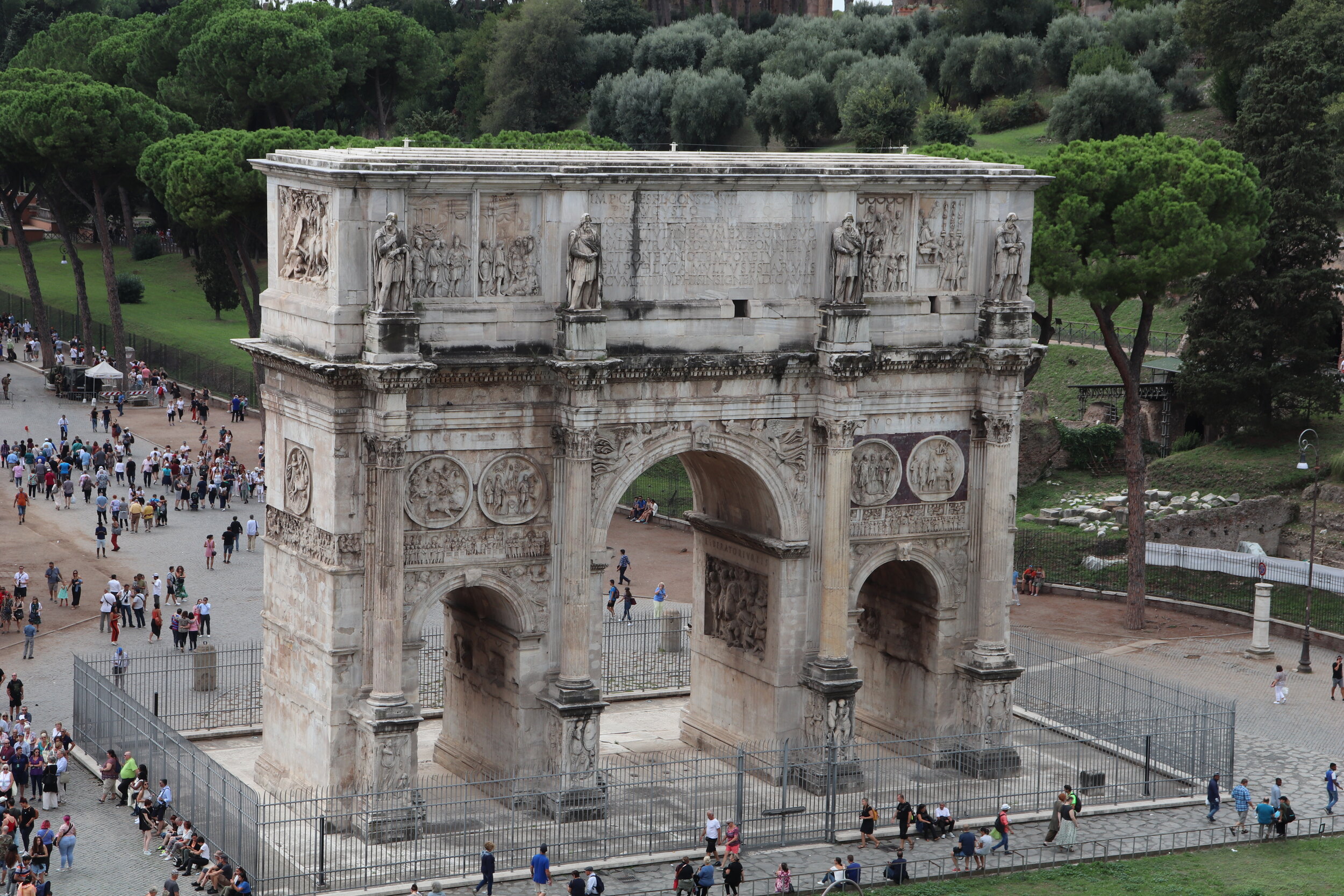Philip Colbert in Rome
Rome, October 14, 2022
Did I mention… There was also a Philp Colbert art pop-up this month in Rome. His Lobster Empire is spread around Rome, but we had several great pieces around our hotel on Via Vittorio Veneto. The Marriott Grand Flora is perfectly situated to access most all of the famous sites and is next door to Borghese Park, the Embassy of Uruguay, and the US Embassy. Along this popular street, were several of Colbert’s pieces.













































































































































































































































































